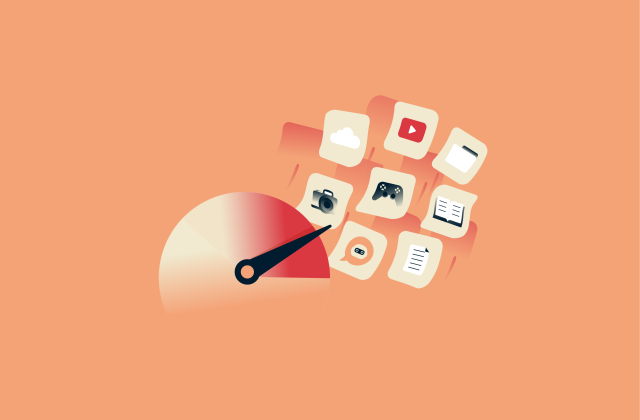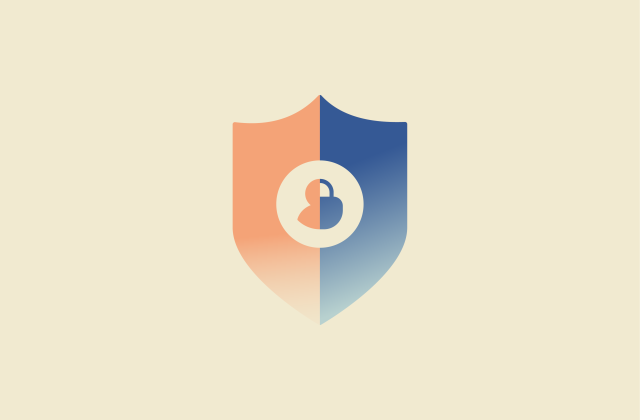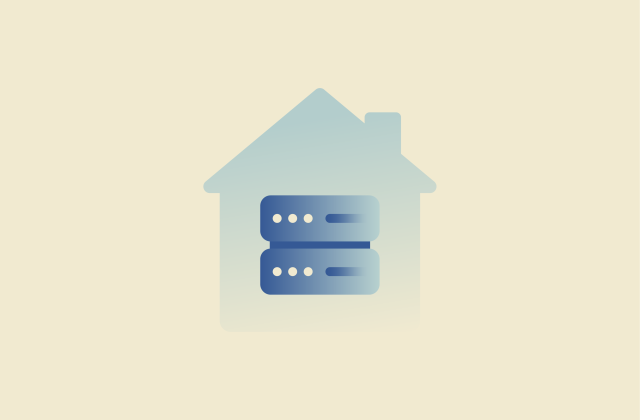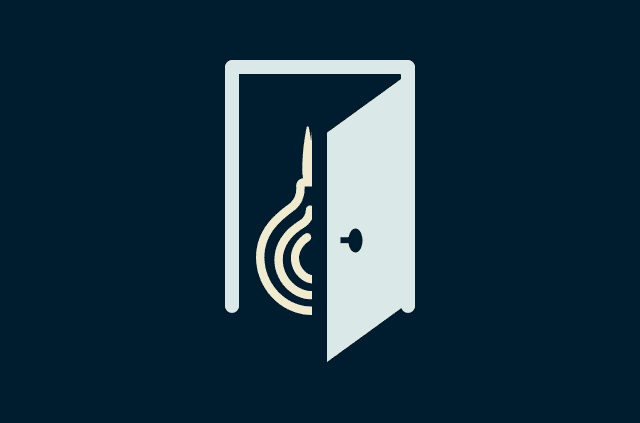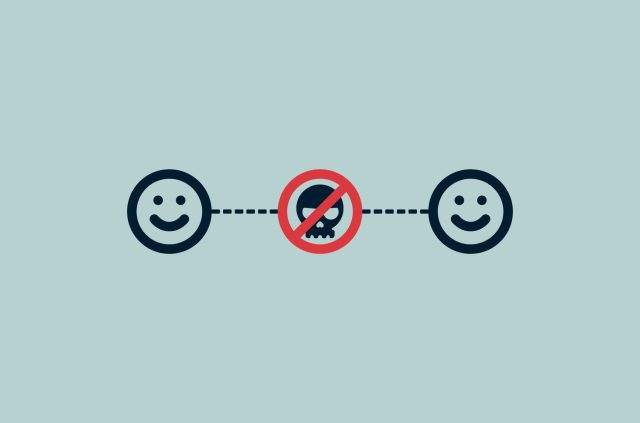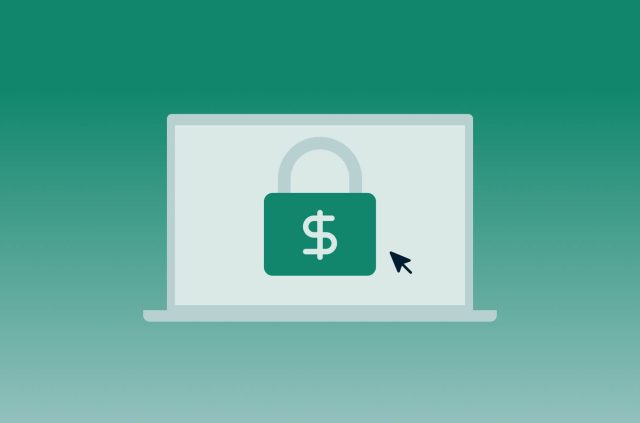How to use technology in the classroom: benefits and impact


Technology in education systems comes with a couple of significant obstacles, but as with previous technologies, also presents some opportunities that we would be unwise to turn down.
For the most part, modern classrooms have changed little since education became compulsory around the world in the second half of the 19th century.
A teacher stands by a blackboard at the front, using chalk to sketch out thoughts, dates, and formulas, while the students sit at tables facing the front. Some technology, such as the TV and the overhead projector, have had an impact on the way students are taught, but little has fundamentally changed in the classroom.
As technology advances, increasing pressure is placed on teachers and schools to adopt it. We have a look at some of the challenges and opportunities.
Jump to…
Why is it important to integrate technology in the classroom?
Benefits of technology in education
Examples of technology in education
FAQ: About technology in education
Why is it important to integrate technology in the classroom?
It’s crucial to integrate technology in the classroom, as it can benefit both students and teachers in numerous ways. For starters, using technology in the classroom allows students to access a wide range of digital resources, including educational videos, interactive software, and online databases. This can enhance their learning experience and help them develop important digital literacy skills.
Additionally, use of technology in the classroom can make students learn in more engaging and interactive ways, helping them communicate and collaborate with one another. This will pique their interest in the subject matter, leading to better learning outcomes.
Technology can also provide teachers with new tools and resources to improve their teaching methods and assessments, allowing them to better track student progress and tailor their instruction to meet individual student needs. Overall, the role of technology in teaching and learning will continue to evolve and shape education in the years to come.
Benefits of technology in education
1. It makes information more easily accessible
Technology has revolutionized the way students access and consume information. More specifically, it enables learning materials to be digitized and easily accessed online anywhere, any time. This allows students to gain a more comprehensive understanding of the subject matter they’re studying. This sets them up for success in their studies and careers.
2. It customizes learning based on individual needs and interests
Technology provides innovative tools and resources to personalize the learning experience for students. For example, adaptive learning systems use algorithms to analyze a student's performance and adapt the difficulty of the materials presented to them. It also allows teachers to conduct automated tests that instantly grade a student’s work, and provide an overview over which topics need extensive review. The tests could also tell the teacher which students might require extra attention, and which might need to be challenged more.
3. It makes the learning experience more fun and engaging
The use of technology in the classroom allows students to learn through different mediums, like videos, games, and virtual reality. This enables students to engage their senses and participate in hands-on experiences, making learning more fun and interactive.
4. It fosters better communications skills
With the advent of technological tools in education, students get a wealth of opportunities to communicate with their peers on group projects, assignments, and activities with their peers. This enhances their writing and comprehension skills, preparing them to become effective communicators for the future.
5. It boosts collaboration among students and teachers
The use of technology in education allows students to work on class assignments or projects and receive feedback from their teachers with ease, opening up new ways of problem solving, critical thinking, and knowledge sharing.
6. It fosters a culture of creativity in the classroom
The use of technology in the classroom provides students with new tools and software to showcase their work using different mediums like videos, blogs, podcasts, and presentations. This empowers students to express their ideas and perspectives in new and innovative ways.
7. It makes learning more cost-effective
Adopting technology in education reduces the need for physical resources, like textbooks and stationery, saving on printing and other costs. As technology also fosters remote learning, both students and teachers have the option to participate in the class virtually, instead of commuting to a physical location. This lowers costs for transportation as well as rental or construction of classroom spaces.
Examples of technology in education
Technology is used in education in various ways to enhance teaching and learning experiences. Here are some key examples:
Learning Management Systems (LMS)
An LMS is a software platform that can be used by both teachers and students to facilitate teaching and learning. In the example of a classroom, teachers can use an LMS to create and manage teaching materials, such as courses, assessments, quizzes, and discussion forums, and students can access these materials by logging in to the LMS. Some popular LMS platforms include Blackboard, Canvas, Moodle, and Schoology.
Educational apps
Education apps are designed to help you learn and practice new skills. These apps can be downloaded and installed on smartphones, tablets, and other mobile devices, and are often available for free or at a low cost. Some popular types of education apps include:
- Language learning apps: They help students learn new languages by providing games and quizzes. Duolingo is one of the most popular language learning apps.
- Exam prep apps: These apps help students prepare for exams like the SAT and ACT by providing practice tests.
- Reading and writing apps: These apps help students improve their reading and writing skills. They are especially useful in helping young children with all of the steps of the writing process.
- Math and science apps: They help students learn and practice math and science concepts. An example is the Khan Academy app.
- Study apps: These apps help students organize and manage their studies. Some examples of study apps include note-taking apps and time management apps.
Online courses
Online courses, also known as e-learning or distance learning, are delivered over the internet through a learning management system (LMS). They are offered by universities or educational institutions usually and can be taken by students from anywhere in the world.
Online courses offer a flexible learning environment, allowing students to learn at their own pace and on their own schedule. Online courses can be free or paid, depending on the level of certification or accreditation offered and the course duration. Some examples of popular online course providers are Coursera, edX, and Udacity.
Digital textbooks
Digital textbooks are electronic versions of traditional textbooks that are accessed on digital devices such as computers, tablets, and smartphones. They offer all the content and information found in traditional textbooks, but in a digital format. Not only are digital textbooks cost effective and environmentally-friendly, but they also make the learning experience more engaging and interactive.
Virtual reality (VR)
Virtual reality (VR) is used in education to provide students with an immersive learning experience and facilitate their learning. For example, virtual field trips allow students to explore places like historical sites and cultural landmarks in real time. VR simulations offer a safe and controlled environment for students to practice skills which are costly or impossible to replicate in real life.
FAQ: About technology in education
Is technology in the classroom good or bad?
How do we integrate technology in the teaching and learning process?
What are the benefits of using technology in early childhood education?
How does technology help teachers?
Take the first step to protect yourself online. Try ExpressVPN risk-free.
Get ExpressVPN

